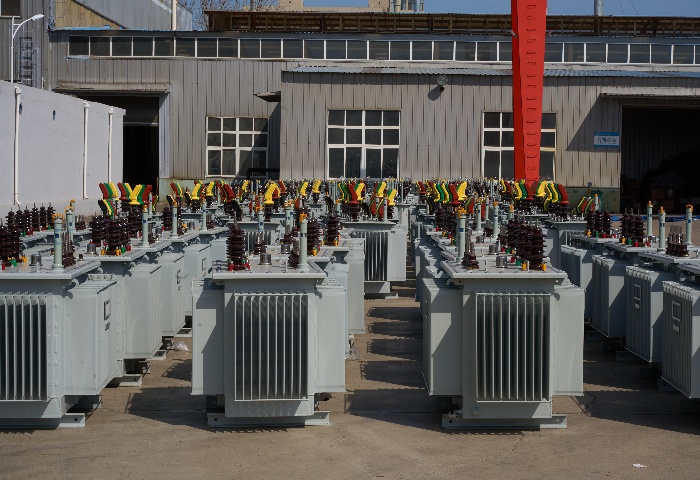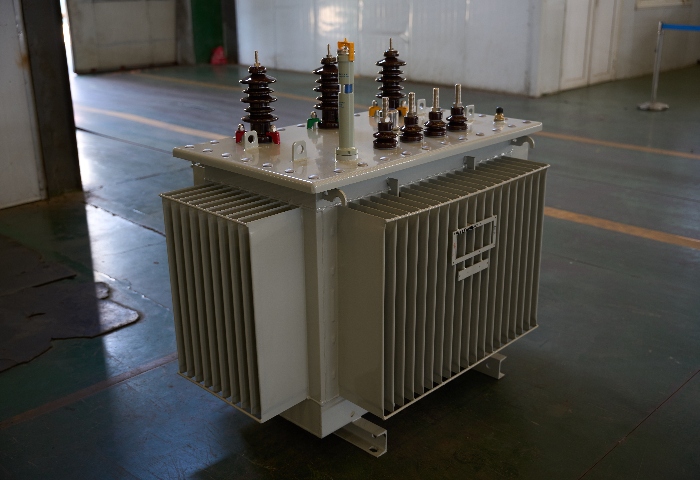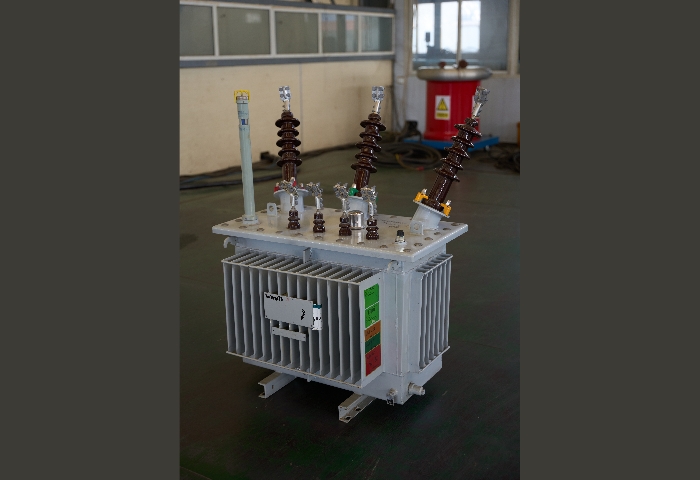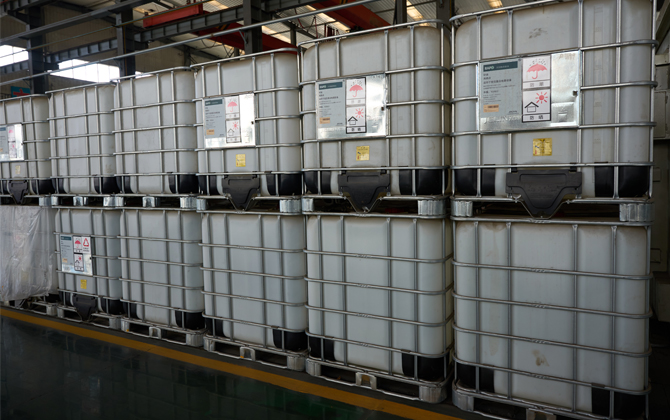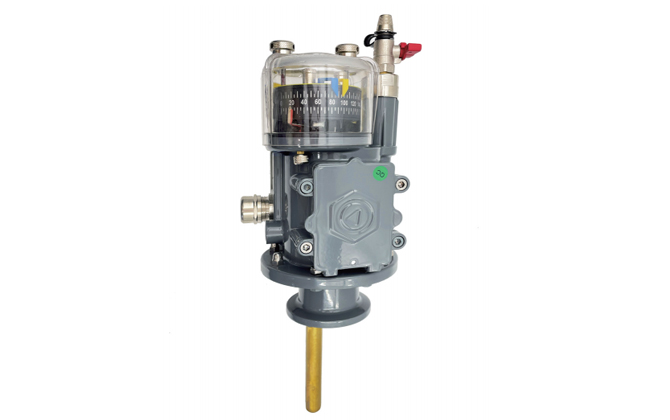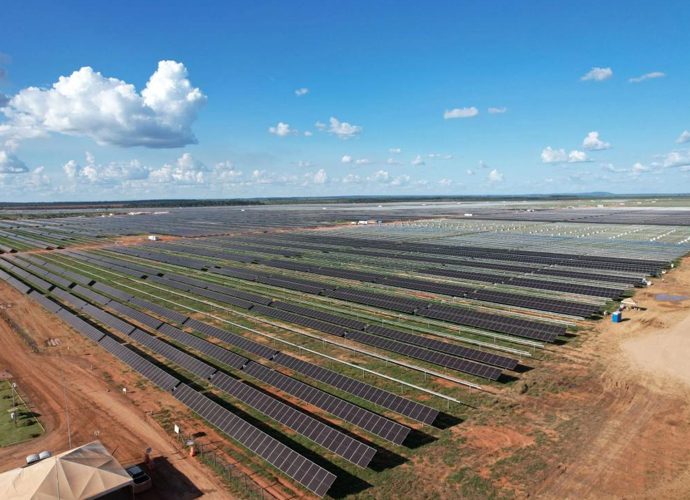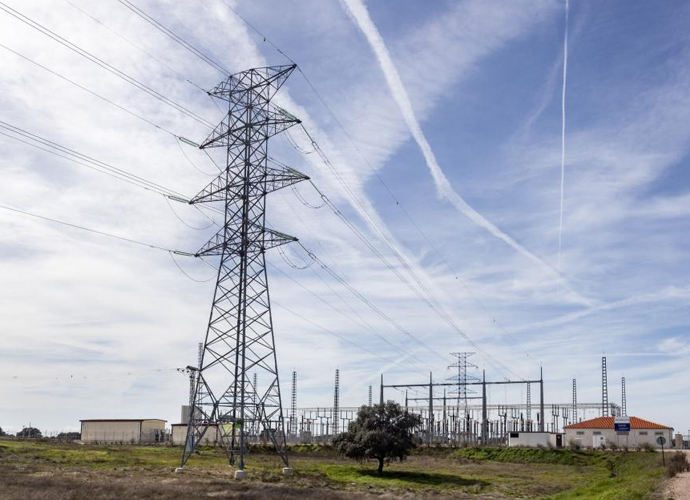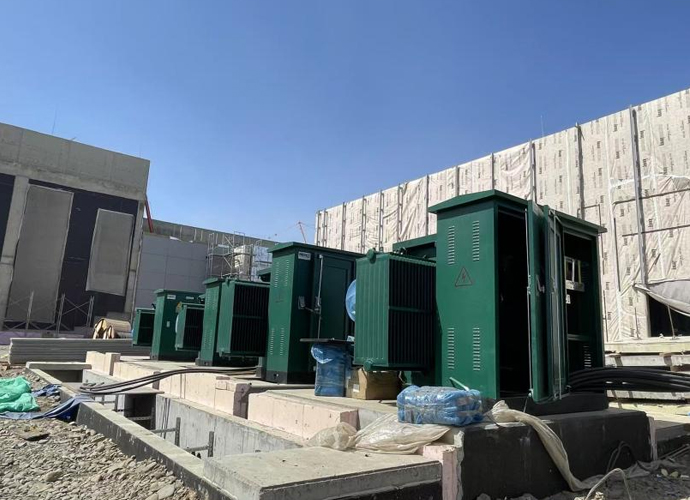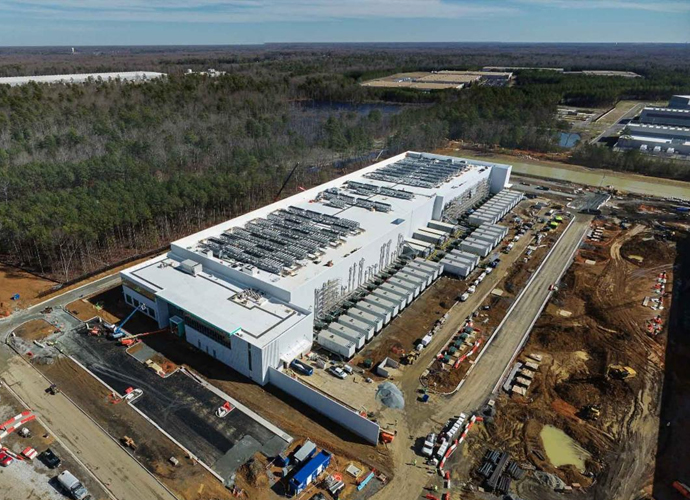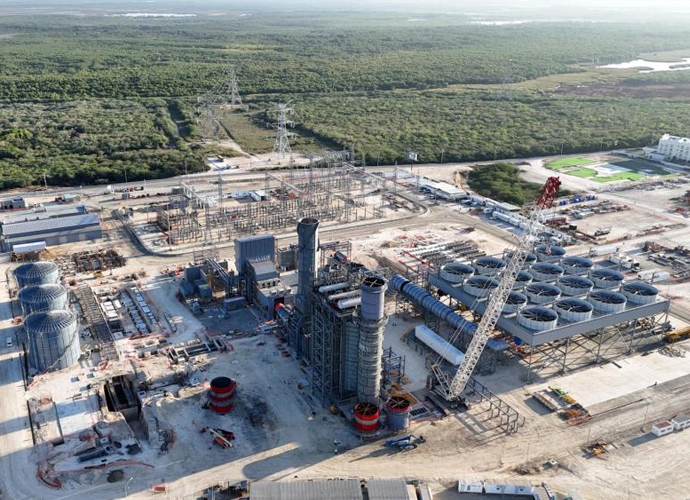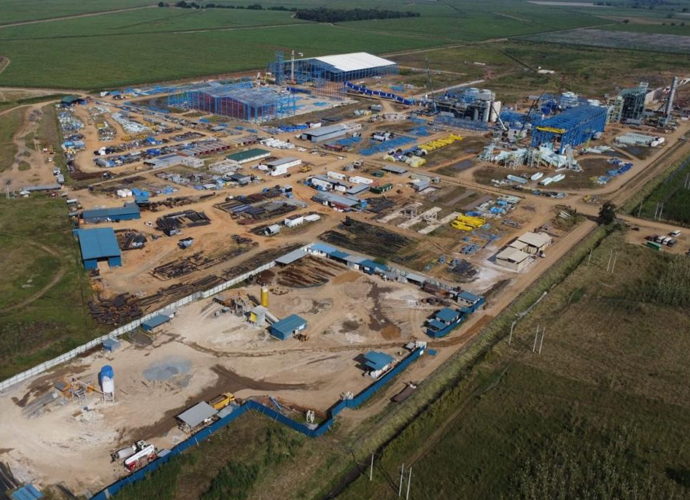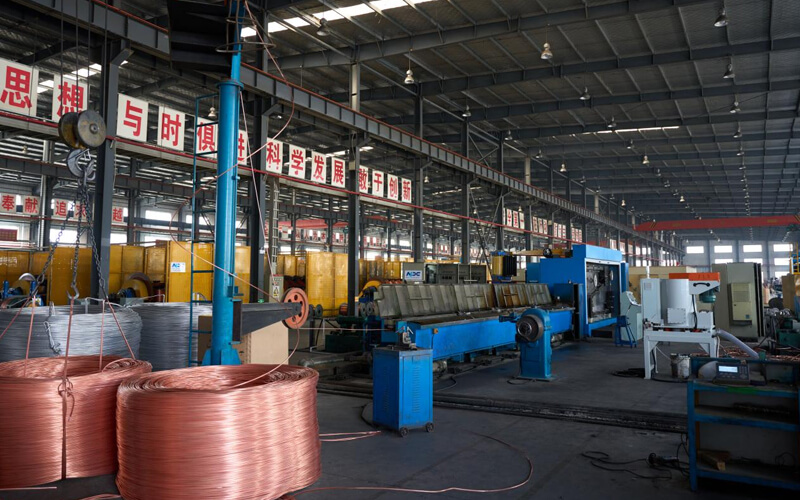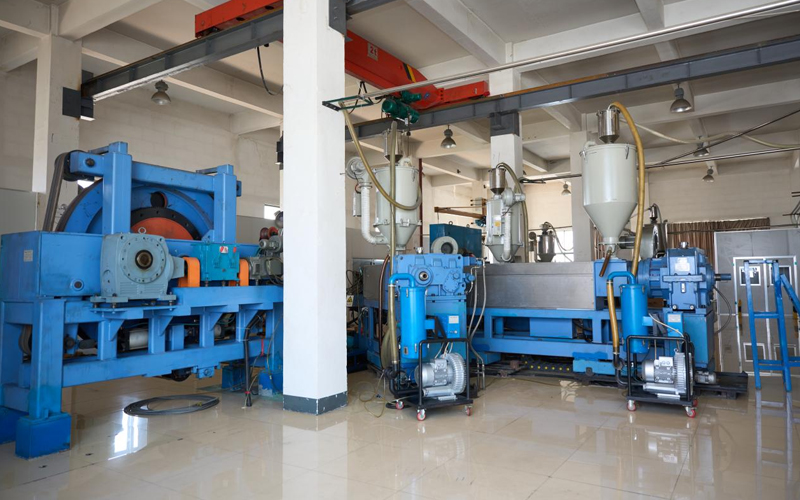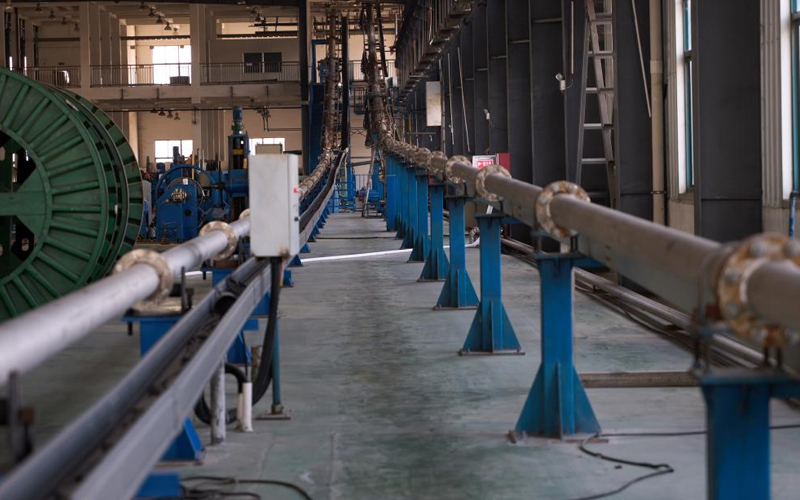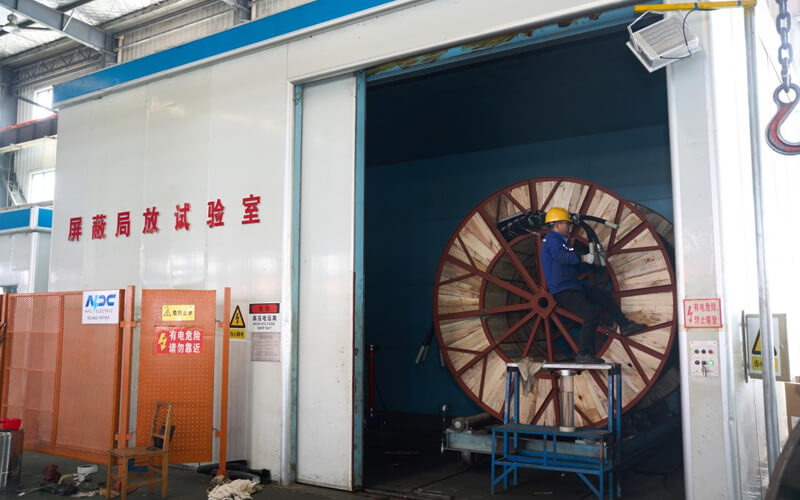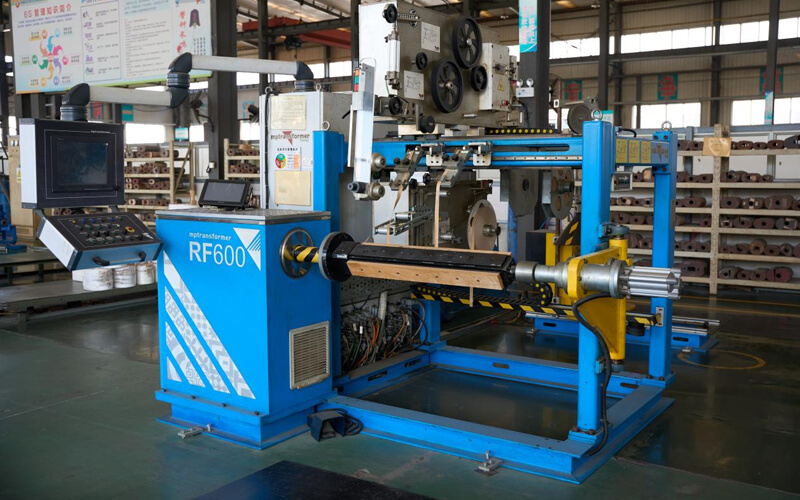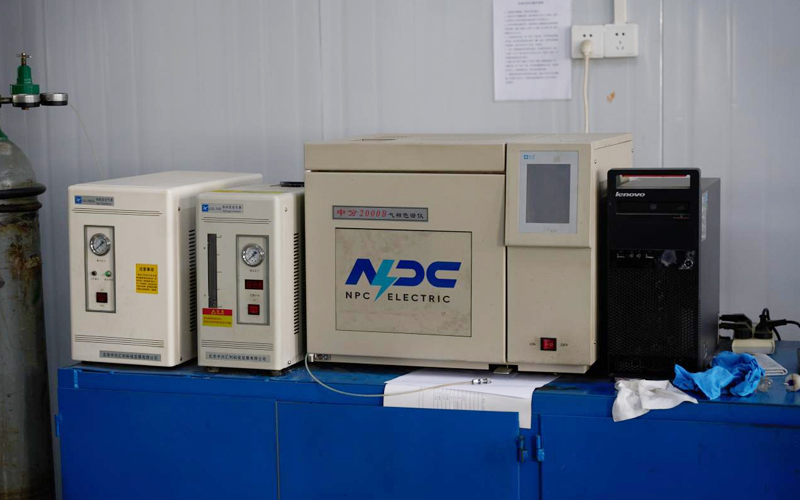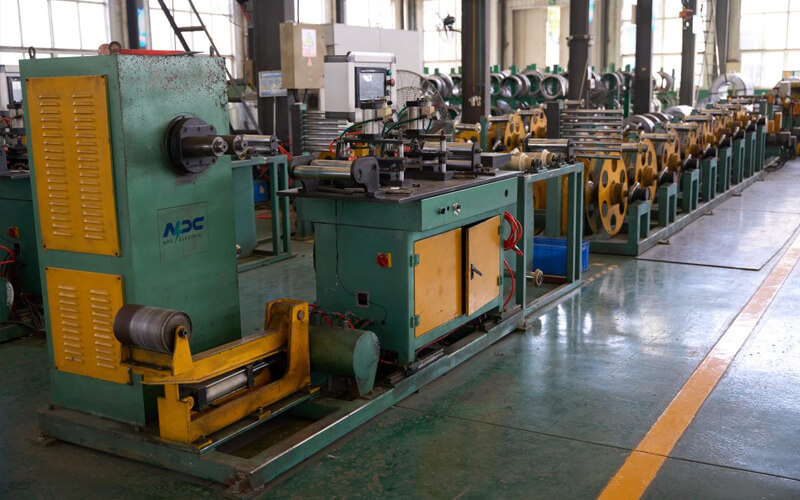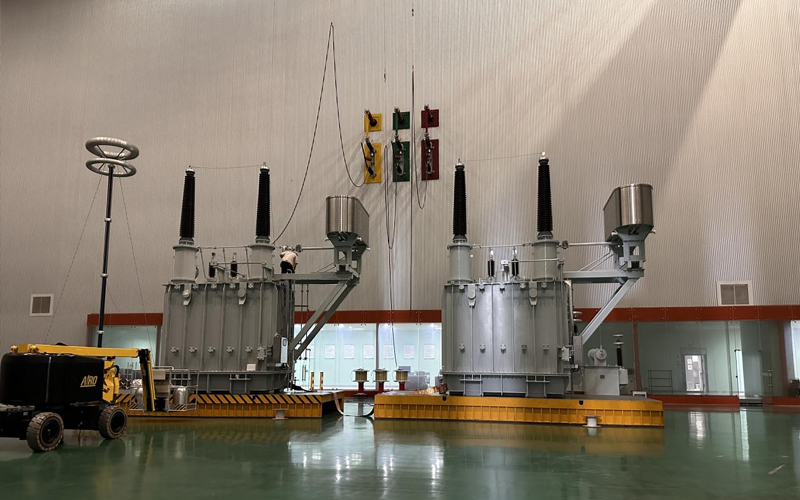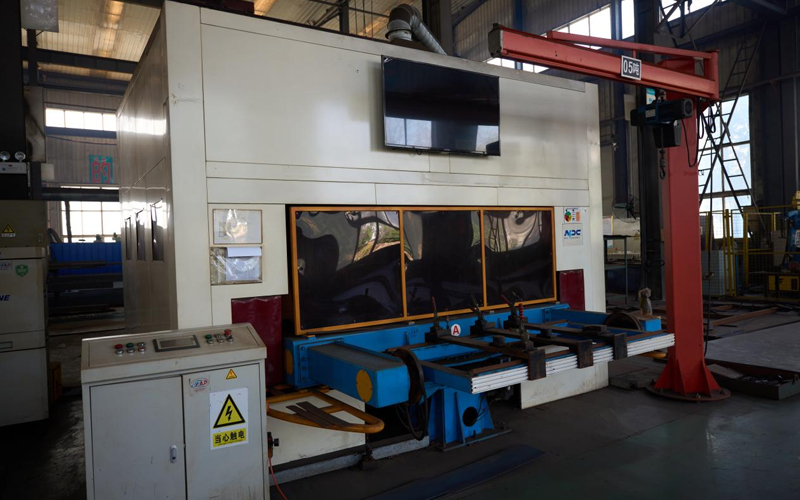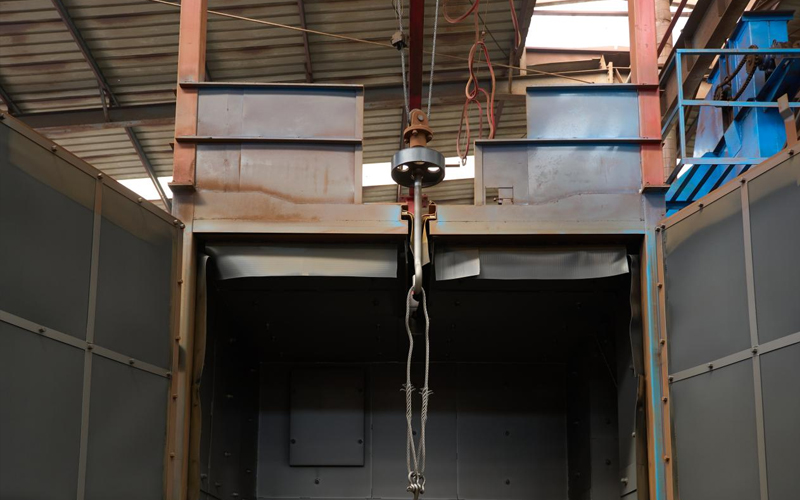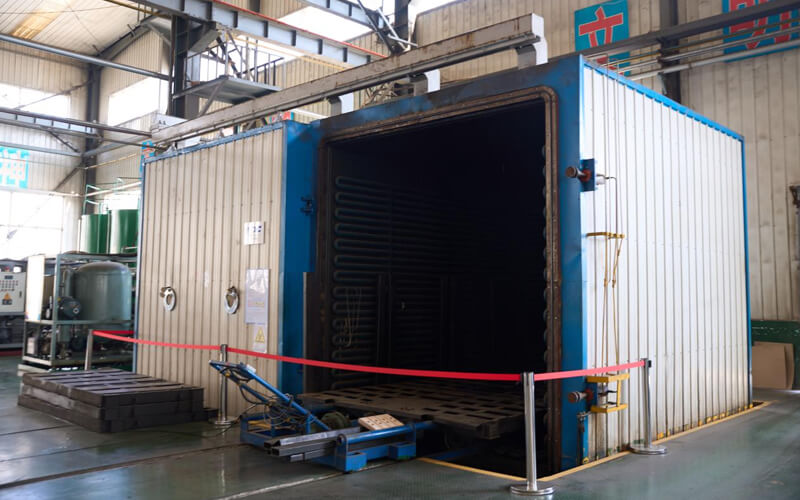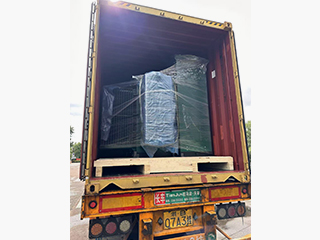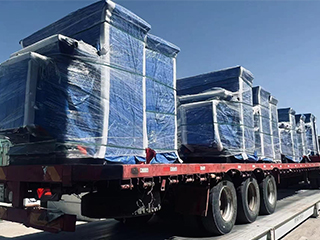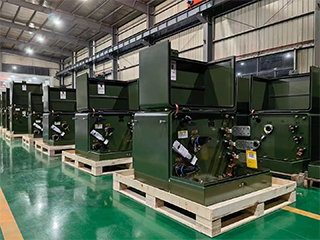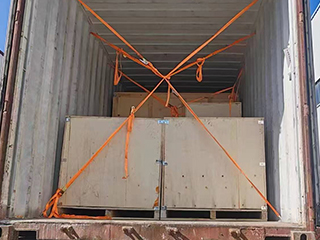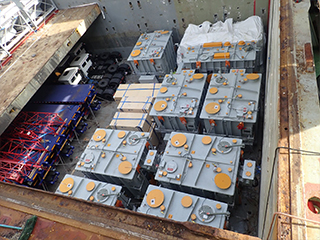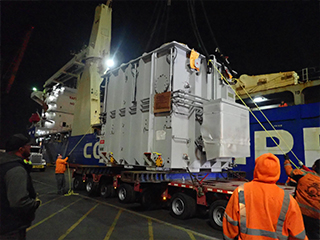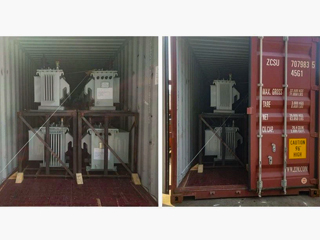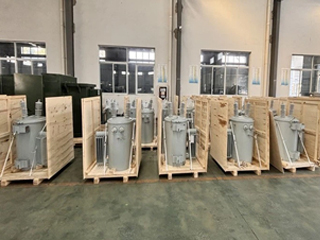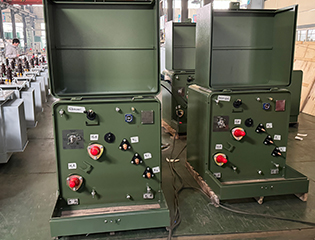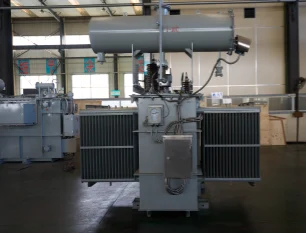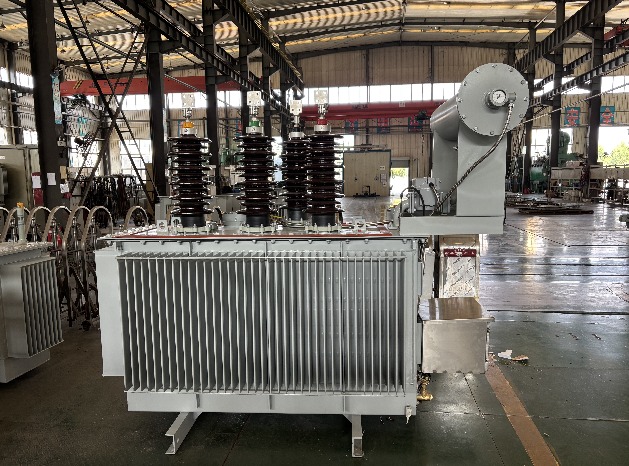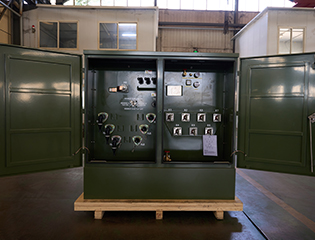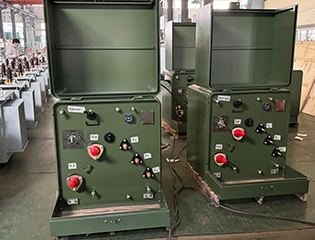100kVA Oil Immersed Transformer
- Primary Voltage Ratings 34.5-19.92/13.8-7.957/13.2-7.62/12.47-7.2, 24.94, 26.25, 33 or others
- Secondary Voltage Ratings 480/277V, 400/230V, 380/220V or customized
- H.V. Tap Range ± 2×2.5% HV taps or others
- Type Oil immersed distribution transformer
- BIL 30/95kV
- Standards IEEE, ANSI, NEMA, IEC
- Application Industrial Power Distribution, Commercial Buildings, Agriculture, Power Distribution Substations
- Power Rating 100kVA
- Certificate UL, CESI, IEEE
- Cooling Method ONAN, ONAN/ONAF, KNAN, KNAN/KNAF
- Oil Mineral Oil or FR3
- Opeartion Step Down & Step Up
Technical Specifications
| Technical Specifications | ||
| Rated Power | 100 kVA | |
| Rating Primary Voltage | 2.4 - 34.5kV | |
| Secondary Voltage | 480/277V 400/230V 380/220V Customized |
|
| Frequency | 50/60Hz | |
| Vector Group | Dyn11, Yyn0, Dyn5 | |
| Winding Material | Aluminum/Copper | |
| Efficiency | As IEEE, Doe 2016, CAS Std or Customized | |
| Impedance Voltage | Nominal 2% or Customized 1.1 - 5.75% | |
| Altitude | ≤1,000m or Customized | |
| Color | ANSI 70 Light gray/Munsell 7GY3.29/1.5 or customized, etc | |
| Tank material | Mild Steel, 304 Stainless Steel | |
| Insulating Oil Weight | 155 kg | |
| Total Weight | 605 kg | |
| Outline Dimensions(L×W×H)in. | 890 × 520 × 81140(mm) | |
| HV Bushing |
| LV Bushing |
| Tap changer |
| Oil level gauge |
| Oil temperature indicator |
| Pressure relief device |
| Pressure vacuum gauge |
| Lifting hook for complete transformer |
| Name plate |
| Radiators |
| Oil upper filtering valve |
| Oil drain valve with 3/8" sampler |
Customization Optional
The optional specifications of the 100kVA three-phase oil-immersed transformer include a variety of customized options to meet different application requirements. Customers can choose different voltage levels and load adjustment devices, such as tap switches with load or no load adjustment, to ensure accurate output of voltage. In addition, the transformer can be equipped with a temperature monitoring system, an oil level monitoring device, and a pressure relief device to enhance safety and real-time monitoring. In order to improve the durability of the equipment, users can also choose anti-corrosion coating or stainless steel casing, which is suitable for use in harsh environments.
Packing and Shipping
The transformer is securely packed in a robust, weather-resistant wooden crate or steel container, with appropriate cushioning materials like foam or bubble wrap to absorb any shocks or impacts during transport.
The packing is carefully designed to protect the transformer from moisture, dust, and other environmental factors that could potentially affect its functionality.
For shipping, the transformer is typically delivered via road, rail, or sea, depending on the destination. It is properly secured to the shipping platform or pallet using straps or tie-downs to prevent any movement during transit.
The packaging is clearly labeled with handling instructions and safety warnings to ensure that all involved parties handle the equipment with care.
Shipping documentation, including customs clearance forms, certificates of origin, and any necessary permits, is included to comply with international shipping standards. Upon arrival, the transformer is inspected for any potential damage before installation. This thorough packing and shipping process ensures that the Transformer reaches its destination in optimal condition, ready for installation and long-term operation.
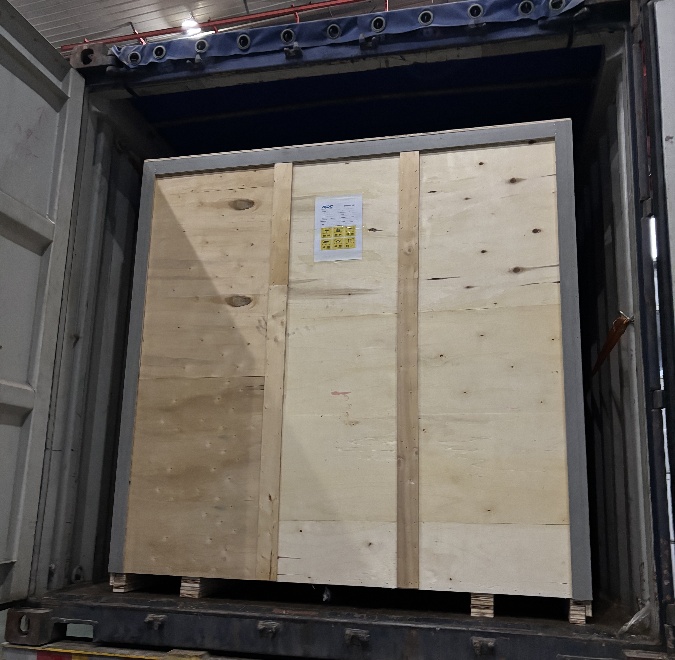
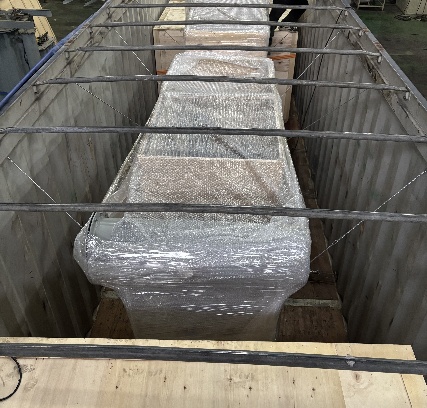
Manufacturer Test
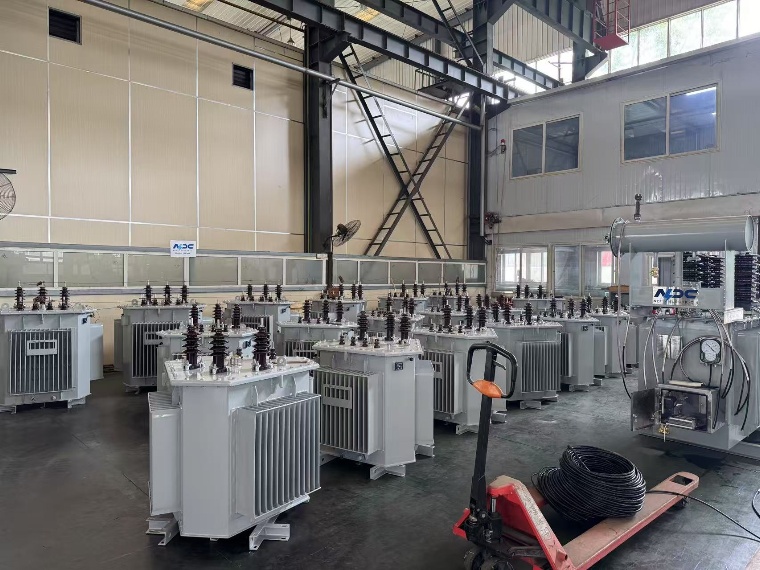
Progress Test
NPC Electric manufactures three-phase oil-immersed transformers the strict quality control. The Progress Test of a 100kVA three-phase oil-immersed transformer is a series of intermediate tests performed during the transformer production process to ensure that the design requirements are met at each stage of manufacturing and to detect potential problems early. These tests are usually carried out in stages to ensure that the transformer gradually meets the quality standards during the production process. Mainly include:
Winding inspection: Resistance measurement is performed after the initial winding is completed to ensure that there are no short circuits or open circuits and to verify the quality of the winding.
Insulation performance test: After the winding is completed, the transformer is subjected to preliminary insulation testing to ensure that the insulation material and design meet safety requirements and avoid any short circuits or electrical leakage during the production process.
Voltage ratio test: The voltage ratio test is performed during the assembly process to ensure that the voltage ratio between the high-voltage and low-voltage windings of the transformer meets the design requirements.
Preliminary load loss test: During the preliminary assembly stage of the transformer, a load loss test is performed to ensure that the energy efficiency of the transformer under the design load meets the expected.
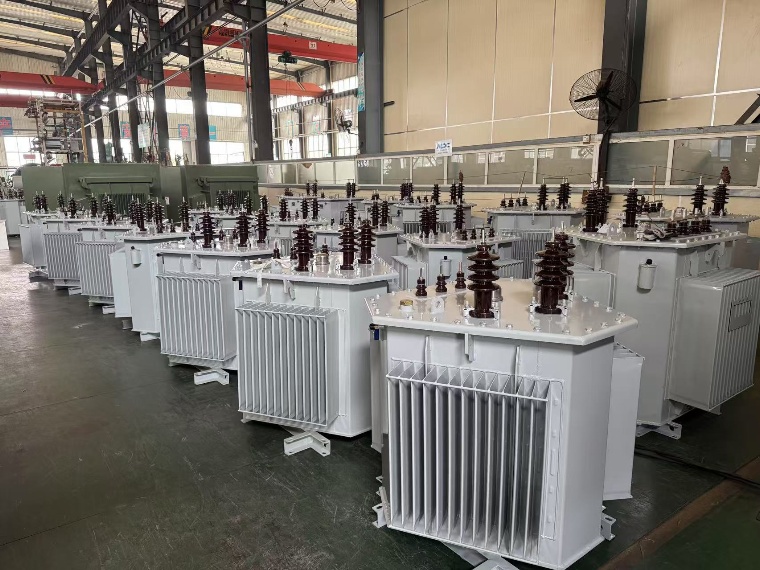
Design Tests
All transformer will be test after finished the production, test items as below:
♦ Insulation Power Factor
♦ Ratio, Polarity, and Phase Relation
♦ Winding Resistance
♦ Impulse Tests
♦ On load Loss Test
♦ No Load Loss Test
♦ Leak Test
♦ DC Insulation Resistance Test
♦ Transformer Turns Ratio/TTR (All Tap Voltages)
♦ Impedance Voltage & Load Loss (Rated Voltage)
♦ Polarity, 1-Ph / Phase Relation, 3-Ph (Rated Voltage)
♦ Excitation & No-Load Loss (Rated Voltage)
♦ Applied Voltage
♦ Induced Voltage
♦ Lightning Impulse
♦ Insulation Resistance (Rated Voltage)
♦ Temperature Rise
♦ Dielectric Withstand (Hipot)
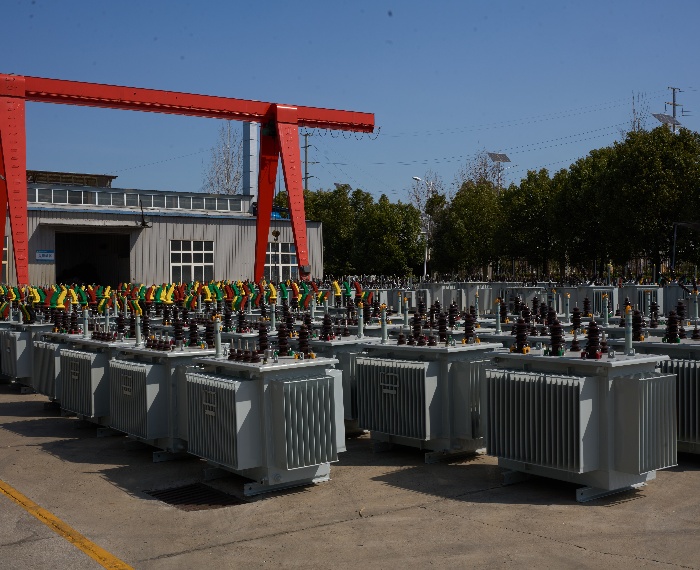
Transformer Factory Acceptance Test
The Factory Acceptance Test (FAT) of the 100kVA three-phase oil-immersed transformer is the final verification before the transformer leaves the factory, and its purpose is to ensure that the transformer fully complies with the design specifications and quality standards. This test is carried out after the transformer is assembled and usually includes the following steps:
Load loss and no-load loss test: Test the energy loss of the transformer under no-load and full-load conditions to ensure that the energy efficiency meets the standards and reduce energy waste.
Short-circuit impedance test: Test the electrical performance of the transformer under short-circuit conditions to ensure that the transformer can safely withstand short-circuit conditions and has sufficient short-circuit resistance.
Winding resistance test: Check the winding resistance to ensure that the winding is not damaged, short-circuited, or out of specification.
Insulation resistance test: Test the various insulation parts of the transformer to ensure that there are no leaks or faults, especially the insulation of the windings and grounding system.
Temperature rise test: Simulate the operating state of the transformer under load to confirm that it will not overheat under rated load, and the temperature remains within a safe range.
The purpose of FAT is to ensure that the performance and safety functions of the transformer meet the standards before delivery to the customer, so as to avoid any potential use problems.
Routine Test - Impulse Tests
Voltage divider (used to measure impulse voltage waveform, resistor divider or capacitor divider)
Oscilloscope (used to record impulse waveform, common brands such as Tektronix, Keysight)
Calibrate and check the impulse voltage generator, measurement system, and control system to ensure that the instruments and equipment are in good condition and meet the test standards.
Connect the impulse voltage generator correctly to each winding terminal (high voltage terminal, ground terminal) of the device under test, and ensure that all test instruments are well grounded.
Apply Test Voltage:
Select the appropriate impulse voltage waveform and amplitude according to the rated voltage of the equipment
Front Time
Time to Half-Value
Peak Voltage
Distortion
Ambient temperature and humidity (especially when the test environment needs to be corrected)
If the waveform deviation is too large, adjust the impulse generator parameters and reapply the test.
In special cases, inter-winding impact, voltage-to-ground impact or coil corner impact are performed (according to the test plan).
Waveforms are stable and meet standard specifications.
Waveform variations between repeated tests are minimal (usually good waveform overlap with no noticeable abnormal excursions).
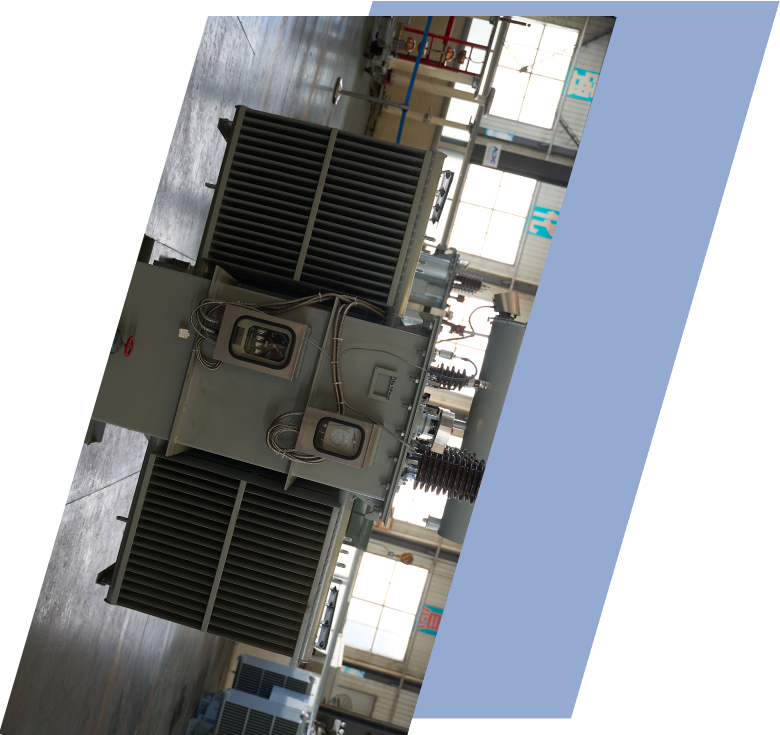
Application
Technical Advantages
Product Packaging
Related Products
FAQ From Customers
-
What is a Transformer?A transformer is an electrical device used to change the voltage of alternating current (AC). It works on the principle of electromagnetic induction, converting high-voltage current into low-voltage current or low-voltage current into high-voltage current. Transformers are widely used in power transmission, distribution systems, and various electronic devices.
-
What are the main uses of a transformer?The main use of a transformer is voltage conversion. Transformers are used in power transmission systems to help transfer electricity from power plants to consumers. In addition, transformers are also used in electronic devices such as chargers, televisions, power adapters, etc., to adjust the voltage to meet the requirements of different devices.
-
Do you have UL listed?Yes, our transformer has UL listed. We have exported to America many pad mounted transformer,substation transformer and HV.

